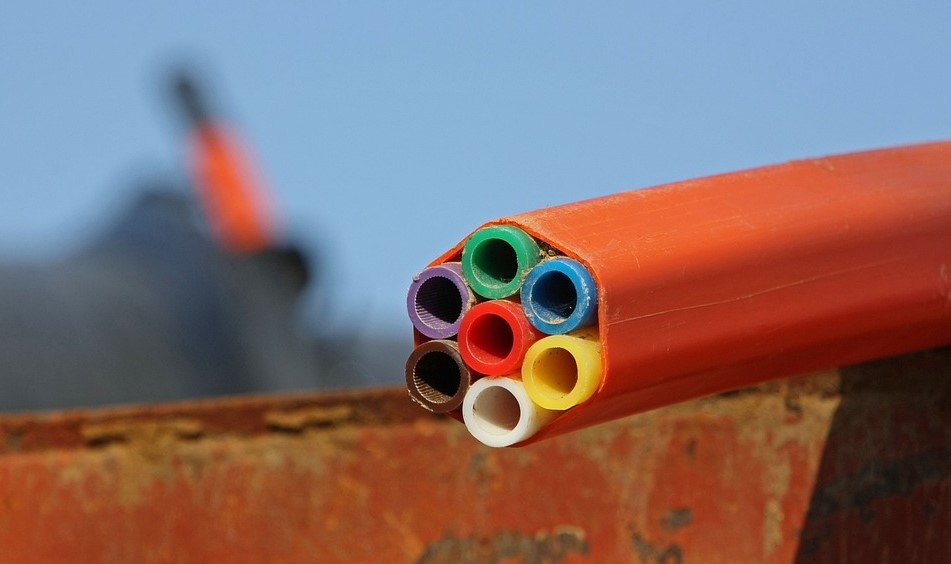 By B.N. Frank
By B.N. Frank
The installation of fiber optics by Google (see 1, 2) has not been without problems. Ditto with Facebook, hence, inspiring new regulations in Oregon.
From Business Insider:
Facebook built an undersea cable to connect its data centers to Asia. The project was 2 years late and suffered from leaks of drilling fluid, sinkholes and abandoned buried equipment.
- Regulation of undersea cable projects was passed this year in Oregon, in large part due to Facebook’s problems.
- After an initial drilling incident, construction caused several more issues recorded by conservation groups.
- Oregon is getting less than $500,000 for decades of land use by the largest social media company.
Facebook recently completed a connection on the Oregon coast for 8,500 miles of fiber optic cable running under the Pacific Ocean. This major technical achievement came at a cost, though.
The project was roughly two years late and was marred by a massive leak of drilling fluid, a drone dispute, tons of broken abandoned equipment, and at least two sinkholes.
Construction finally wrapped up in September, the Oregon Department of State Lands confirmed. A landside digging site, a lot between houses in a residential beachside neighborhood, is now landscaped over, said Cameron La Follette of the Oregon Coast Alliance, a non-profit conservation group that’s been following the project.
It’s the type of project “that would typically go down with little complication, community impact or environmental problems,” according to ocean advocacy group the Surfrider Foundation, but under Facebook’s watch “could best be described as a series of unfortunate events.”
Such were the mishaps that Oregon passed new regulations this summer for all future undersea cable projects. The law requires detailed plans and cost estimates for removal of cable and equipment, and financial assurance cover other expenses related to returning areas to their natural state.
Back in 2018, the state was more welcoming. Oregon Governor Kate Brown sent a letter to attendees at the Pacific Telecommunications Conference, inviting them all to “come ashore” for their submarine cable projects. She cited the state’s workforce, but also “unparalleled cooperation” from the state government, as enticements.
Facebook answered the call. It’s subsidiary Edge Cable was slated to start construction in June 2019 and finish by the end of November that year, permits granted from the ODSL and U.S. Army Corps of Engineers show. The “Jupiter” project gives the social-media giant a high-speed connection to Japan and the Philippines, by connecting many miles of undersea cable to the coast in the small coastal enclave of Tierra Del Mar. Facebook is expanding its data center in nearby Prineville, the company said this year, and the cable offers a connection to other data centers in the U.S., too.
The project was still going in April 2020 when an accident caused 6,500 gallons of drilling fluid to leak under the seafloor, documents obtained by Insider through a public records request show.
An ODSL representative said Facebook waited almost two months to disclose this, and only did so because a “member of the community” flagged it to the department. No incident report was ever filed, and Facebook also did not initially disclose many pieces of broken equipment and 1,100 feet of abandoned pipe it buried dozens of feet below the seafloor and part of the beach due to the leak, the ODSL representative said.
“At no time during these initial conversations was the abandoned equipment mentioned,” Ali Hansen of the department said. That omission meant Facebook was outside the bounds of its initial agreement for laying the cable. It paid the ODSL $250,000 for the breach.
In January 2021, there was another leak soon after construction restarted, La Follette of the Coast Alliance said. It was a “frac out,” when drilling fluid gushes back up a drill hole. “It was not made clear, nor is it clear now, whether there was any damage to groundwater structures in an area where soils, basically sand, are extremely porous,” La Follette added.
The project was put on hold yet again but resumed this spring. Then, a pair of sinkholes developed over the cable route, La Follette said. The first showed up in April and then another just before the project wrapped up in September. The sinkholes were about a foot across. The U.S. Geological Survey notes any sinkhole can have a “dramatic effect” on the landscape and surrounding area as they tend to grow “slowly.”
Ed Ruttledge, a local photographer, documented Facebook’s work by flying a drone over the entire site and snapping pictures from above. He shared several images with Insider. Ruttledge said attorneys representing Facebook tried to argue that he couldn’t launch his drone near the location. He responded by noting that the FAA had exclusive jurisdiction over US airspace and there were no restrictions posted in the area by the agency.
“The drone flights continued,” Ruttledge said. “The finger-wagging of Facebook’s counsel did not.”
Activist Post reports regularly about unsafe technology. For more information, visit our archives.
Image: Pixabay
Become a Patron!
Or support us at SubscribeStar
Donate cryptocurrency HERE
Subscribe to Activist Post for truth, peace, and freedom news. Follow us on Telegram, HIVE, Flote, Minds, MeWe, Twitter, Gab and What Really Happened.
Provide, Protect and Profit from what’s coming! Get a free issue of Counter Markets today.

Be the first to comment on "Undersea Fiber Optic Debacle Courtesy of Facebook: Abandoned Equipment, Drilling Fluid Leaks, Sinkholes, etc."